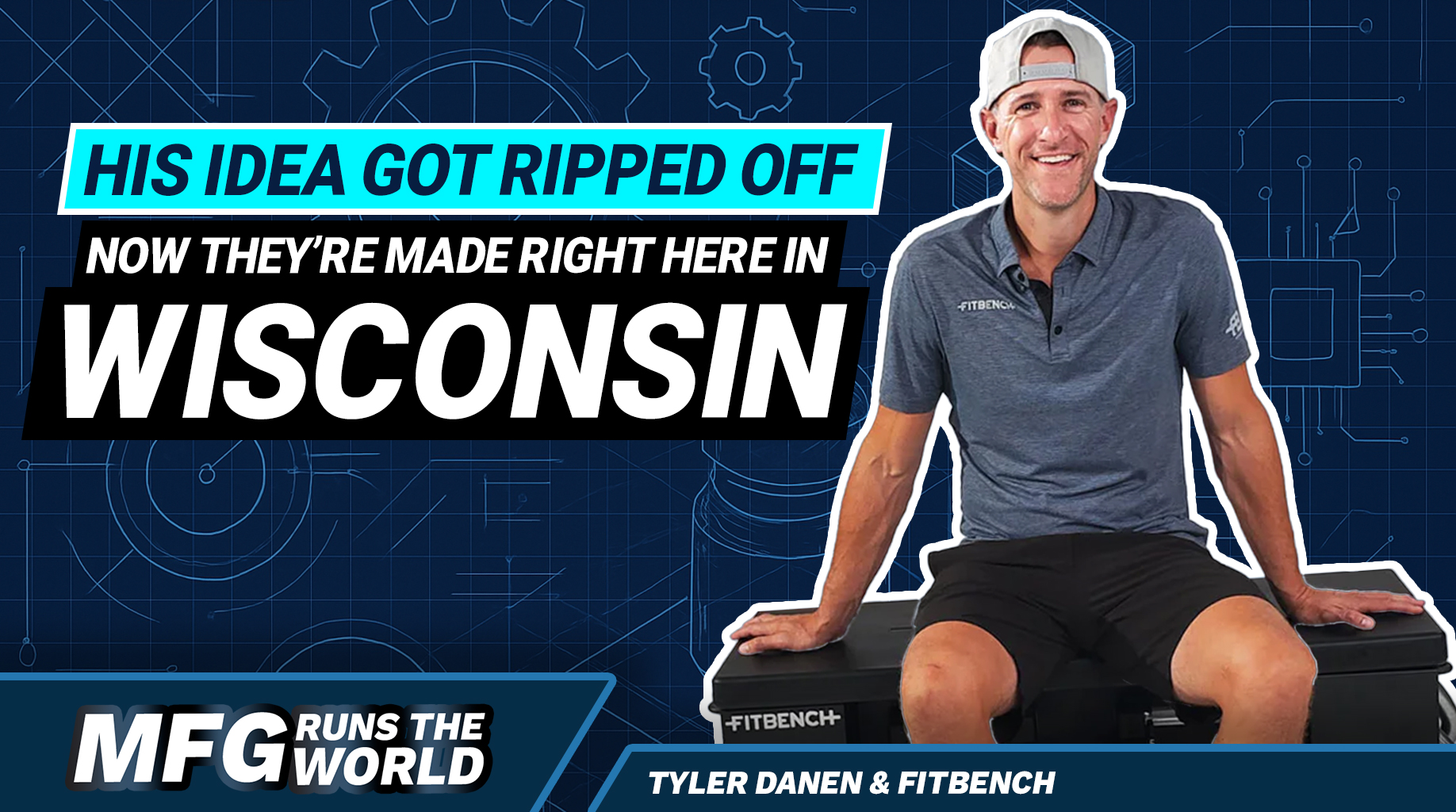Building a custom Learning Management System (LMS) in WordPress is a strategic move for manufacturing companies looking to enhance their training programs, but don’t the hassle of building their training system in a subscription-based platform that may be obsolete in the future. WordPress, known for its versatility and ease of use, offers a plethora of plugins and themes that can be customized to create a powerful LMS tailored to the specific needs of the manufacturing industry. It has over a 43% marketshare for content management systems at 43% with the next highest being Shopify 4.3%. Building your LMS on WordPress will ensure longevity on your investment. Here’s a step-by-step guide on how to develop a custom LMS in WordPress.
Step 1: Define Your LMS Requirements
Before diving into development, it’s essential to outline what you need your LMS to achieve. Consider the types of courses you’ll offer, the need for quizzes and certifications, user roles (administrators, instructors, learners), reporting capabilities, and any industry-specific requirements, such as compliance training for safety standards.
Step 2: Choose a Reliable Hosting Service
A robust hosting service is the foundation of any successful WordPress site. For an LMS, you’ll need a host that offers excellent uptime, fast loading speeds, and the capacity to handle a large number of simultaneous users. Look for hosts that specialize in WordPress for optimal compatibility and support. If control is paramount to your team, then Amazon Web Services might be a great solution. If you want to offload as much technology and security production, we highly recommend using WP Engine. Their environment is optimized to get the most out of WordPress and they have phenomenal technical support and security.
Step 3: Install WordPress and Select an LMS Plugin
With your hosting service set up, install WordPress and choose an LMS plugin that fits your needs. Popular options include LearnDash and LifterLMS, both offering comprehensive features such as course creation, user management, quizzes, and reporting. These plugins are highly customizable and integrate well with other WordPress tools and plugins.
Step 4: Customize Your LMS Design
Select a theme that is compatible with your LMS plugin and reflects the branding and ethos of your manufacturing company. Themes specifically designed for educational sites can offer a good starting point, but don’t be afraid to customize the design to ensure it meets your requirements. Focus on user-friendly navigation and accessibility to ensure a positive learning experience.
Step 5: Develop Your Course Content
The core of your LMS will be its courses. Utilize the course creation tools in your LMS plugin to build your content. For the manufacturing industry, consider including interactive elements like videos, simulations, and quizzes to engage learners and enhance the retention of complex information. Ensure your content covers essential skills, safety protocols, and compliance standards.
Step 6: Add Interactive and Engaging Features
Enhance your LMS with features that boost interaction and engagement. Plugins that allow for gamification, forums, and social learning can make the learning experience more dynamic and enjoyable. Integrating tools for live webinars or workshops can also provide hands-on learning opportunities for your employees.
Step 7: Ensure Mobile Responsiveness
Given the on-the-go nature of manufacturing employees, your LMS must be fully responsive on mobile devices. This ensures that learners can access training materials anytime, anywhere, whether they’re on the factory floor or in the field. Test your site on various devices to guarantee a seamless experience.
Step 8: Integrate with Other Systems
For a truly cohesive training ecosystem, integrate your LMS with other systems such as HR software, compliance tracking, and performance management tools. This integration allows for streamlined workflows and better tracking of employee progress and compliance.
Step 9: Test Your LMS
Before rolling out your LMS, conduct thorough testing with a focus group of users. Gather feedback on the usability, content, and overall learning experience. Use this feedback to make any necessary adjustments.
Step 10: Launch and Provide Ongoing Support
After testing and final adjustments, launch your custom LMS. Provide training for users on how to navigate and utilize the system effectively. Establish a support system for users to address technical issues or questions.
Conclusion
Creating a custom LMS in WordPress for the manufacturing industry involves careful planning and execution but can result in a highly effective and engaging learning platform. By following these steps and focusing on the unique needs of your industry, you can build an LMS that not only enhances employee skills and compliance but also contributes to the overall success of your organization. Remember, the key to a successful LMS is not just in its launch but in its ongoing adaptation and improvement to meet the evolving needs of your learners and industry.




